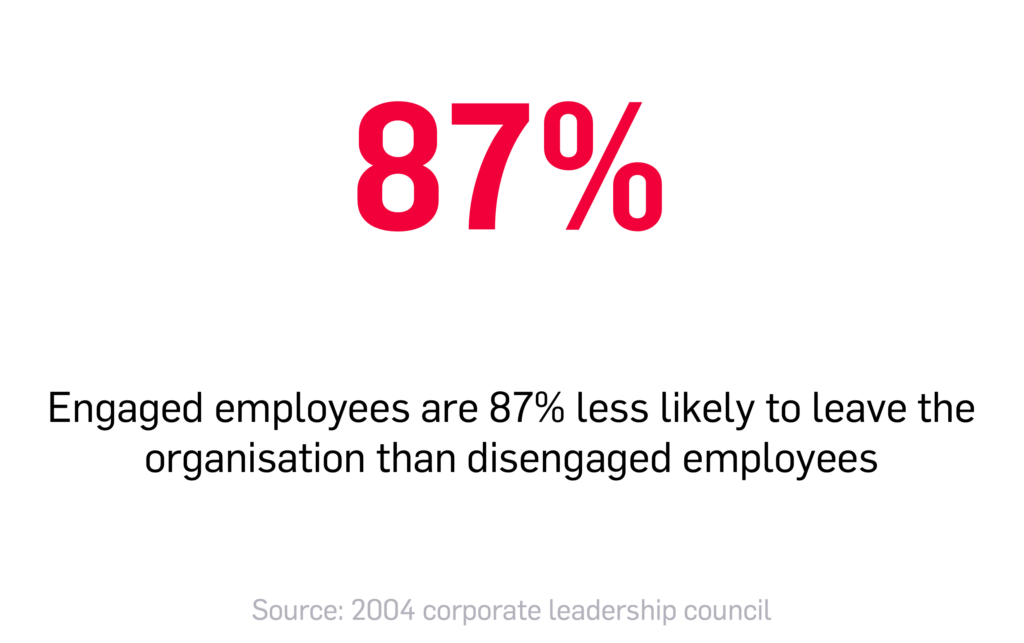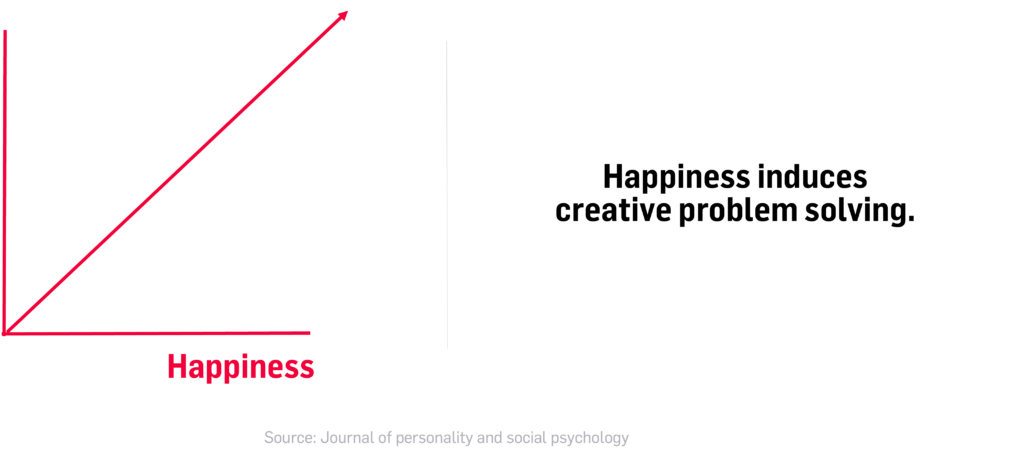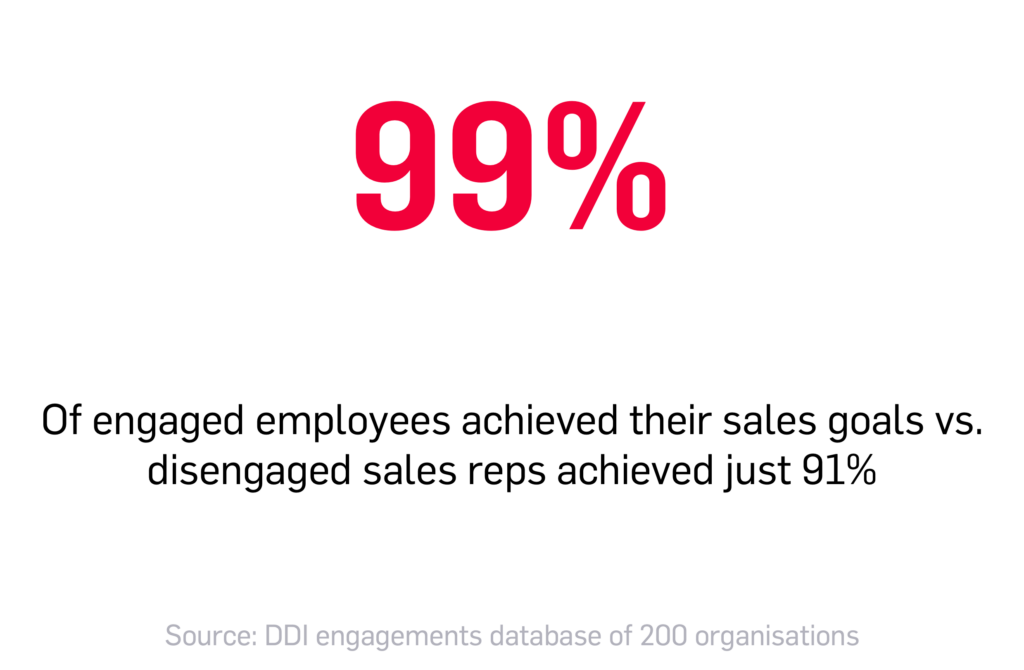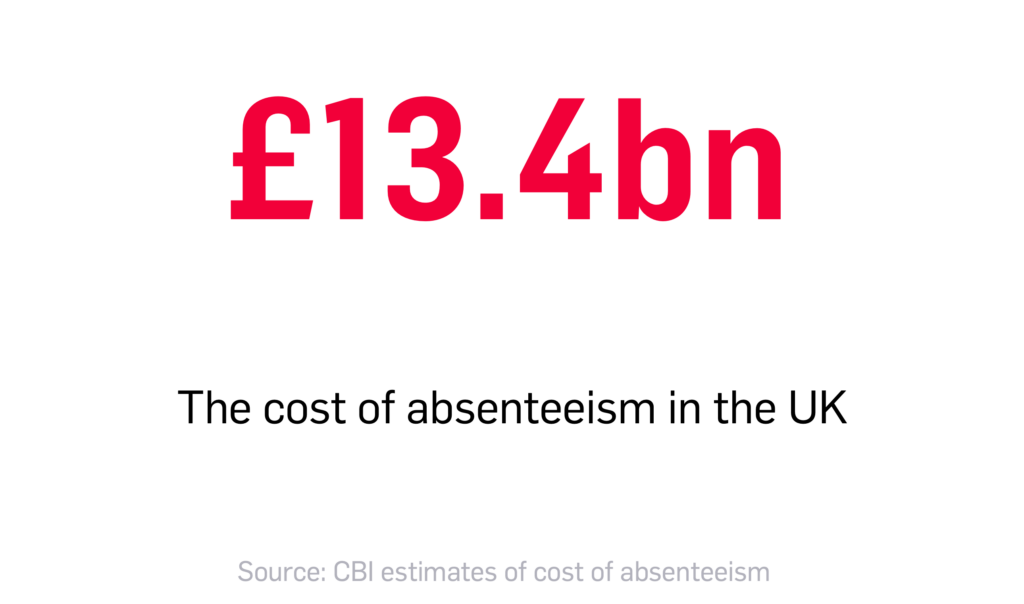The Hidden Value of Brands
How to use brand thinking to unlock more value from employees
Defining our hypothesis
Senior marketing professionals know the extraordinary value brands can create by creating a more meaningful connection with their customers. It’s why they invest significant resource into creating desirable brands.
On the flip side, senior HR professionals know the immense value that comes from developing a highly engaged workforce.
Our hypothesis is that when marketing teams invest heavily in the brand, they too often neglect it as an asset to leverage greater value internally.
We believe the link between brand and employee engagement is significantly underestimated and there is a hidden value to brands ready to be unlocked.
Validating the hypothesis
We believe that brands can create more employee engagement, and engaged employees can create lots of value for the business. If this is true, marketing plays a significant role in engaging employees, and at present is underleveraged. This is the hidden value of brands.

We conducted a study to see if there were any correlations between the tangible and intangible factors listed below, and employee motivation.
Opportunity
Leadership
Physical Environment
Personality & values
Package
Vision & purpose
Working conditions
Motivation
Brand Creates Engagement

Brand variables are as important or more than other variables. But we need a mix of different drivers to engage employees.
So, in our hypothesis, we’ve demonstrated that brand plays a significant role in creating employee engagement. The next step is to determine the ability of an engaged workforce to create value.
An engaged workforce is more present
Absenteeism costs
An engaged workforce is less transient

An engaged workforce is more creative

An engaged workforce is more productive

The ROI for internal investment in the brand is compelling

The value brands can create internally is underestimated:
Less Absent
Less transient
More creative
More productive
So, how do we unlock the hidden value of brands?

Let’s expand on these three key principles:
1.
Leverage the purpose

A brand ideal is a business’ essential reason for being, the higher-order benefit it brings to the world. A brand ideal of improving people’s lives is the only sustainable way to recruit, unite and inspire the thoughts, feelings and actions of the people a business touches, from employees to customers.
Jim Stengel
CMO P&G 2001-2009
2.
Distill Personality

We risk lacking authenticity if we focus on purpose in isolation. We need to elevate a brands personality & character to unlock the hidden value of brands. It’s the personality that helps us make choices.
It’s the personality that motivates:

The brand driver that correlates MOST strongly with motivation is “I like working for my company/brand because it has similar personality to me”.
Personality connects with all levels of a business:
Neglect personality & character no more. In fact put personality first:

3.
Operationalise
Neglecting personality leads to poor practice in operationalising the brand internally. If the brand hasn’t been defined correctly, It can’t be operationalised correctly. To move forward collaboration between HR and marketing needs to be better.
Not one HR award recognises leveraging the brand…
Three key takeaways:
Don’t underestimate the value of internal brand work
Don’t neglect the character and personality of the brand by focusing too heavily on purpose.
Don’t operationalise the wrong things.
Study Summary
- 2,000 interviews with employees
- 2 markets (UK & US)
- 10+ industries
- Inclusion of executive to manual titles


